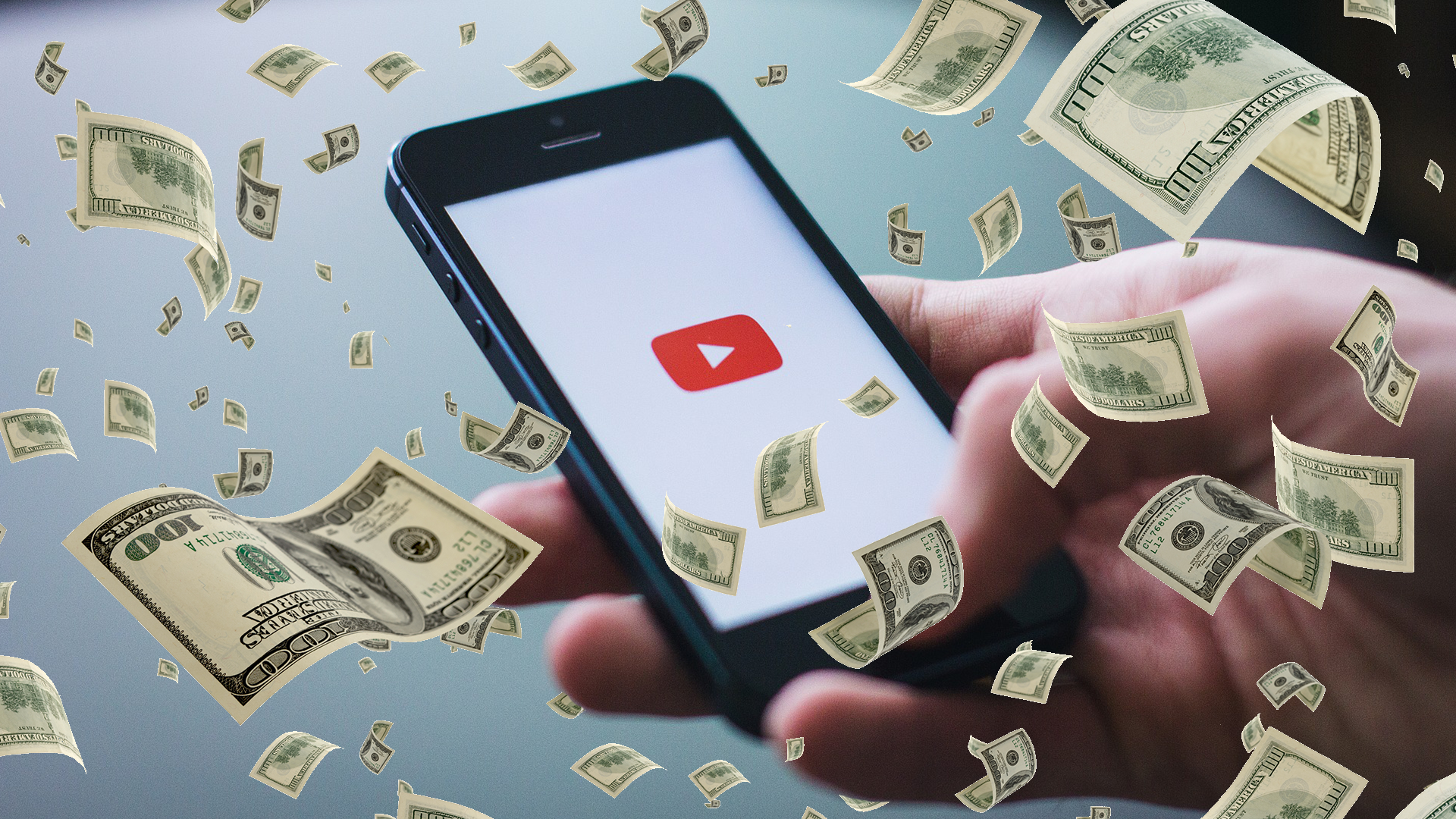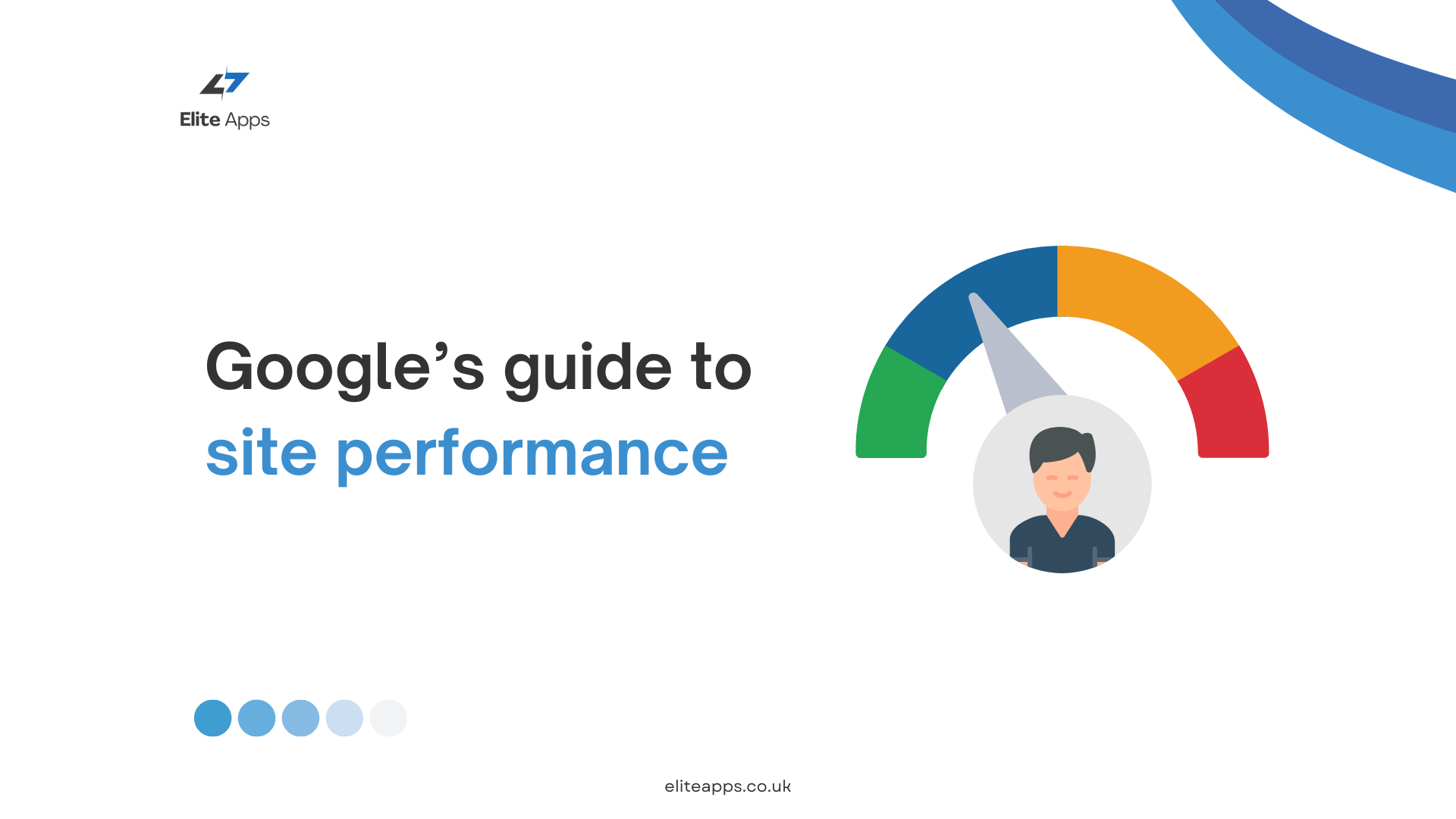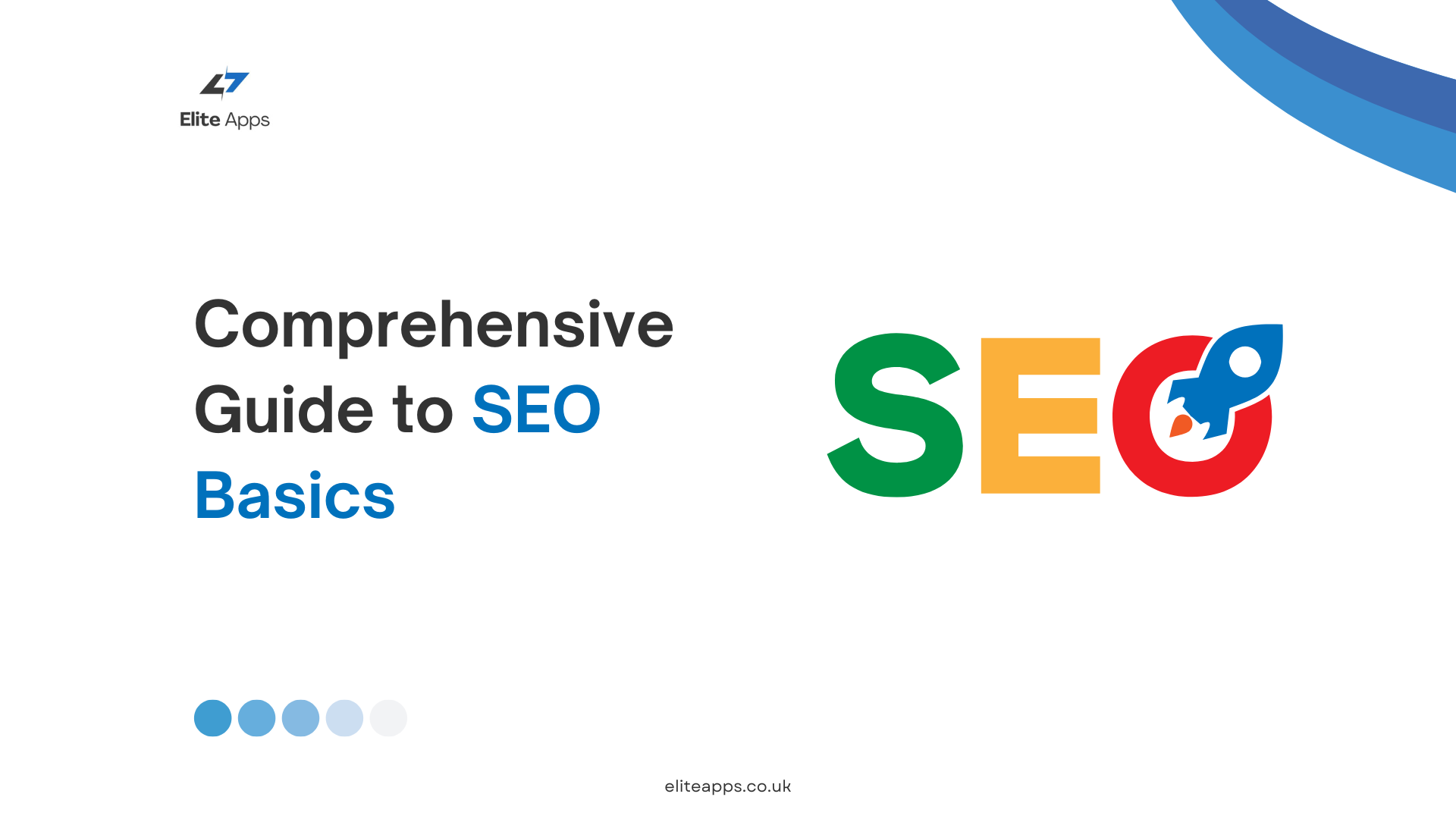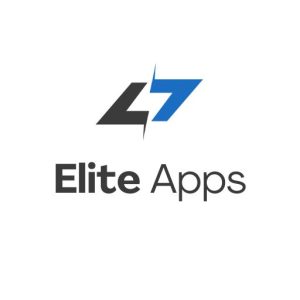Mobile apps have become a significant part of our lives, and with the ever-increasing demand, many businesses are now developing their own apps to cater to their audience. However, developing a mobile app can be a costly and time-consuming process, and it’s important to have a monetization strategy in place to make the investment worthwhile.
In this blog post, we will discuss 5 revenue models that businesses can consider to monetize their mobile apps:
- In-App Advertising: One of the most common monetization strategies for mobile apps is in-app advertising. This involves displaying ads to users within the app, either as banners, videos, or interstitials. The revenue generated from these ads can be significant, especially for apps with a large user base. However, it’s important to ensure that the ads don’t interfere with the user experience and are relevant to the app’s content.
- In-App Purchases: Another popular revenue model is in-app purchases. This involves offering additional features or content within the app that users can purchase for a fee. For example, a game app may offer power-ups or extra lives for purchase. This model can be particularly effective for apps with a loyal user base who are willing to spend money on the app.
- Freemium: A freemium model involves offering the app for free but charging for additional features or content. This can be an effective way to attract new users while still generating revenue from a dedicated user base. However, it’s important to strike a balance between offering enough value in the free version to entice users to upgrade and not making the free version too limited that users become frustrated.
- Subscriptions: A subscription-based revenue model involves charging users a recurring fee to access the app’s content or features. This model can be particularly effective for apps that offer ongoing value to users, such as news or streaming apps. It’s important to ensure that the subscription price is reasonable and that users are getting enough value to justify the cost.
- Sponsorship: Sponsorship involves partnering with another business to promote its products or services within the app in exchange for a fee. This can be an effective way to generate revenue while also offering value to users. However, it’s important to ensure that the sponsor’s products or services align with the app’s target audience and don’t detract from the user experience.
In conclusion, there are several revenue models that businesses can consider to monetize their mobile apps. However, it’s important to carefully consider the target audience and the app’s value proposition to determine the best strategy. By choosing the right revenue model, businesses can ensure that their mobile app is a profitable investment.








